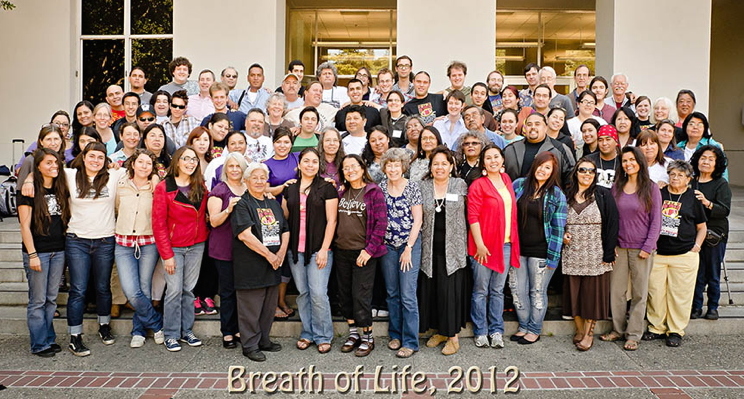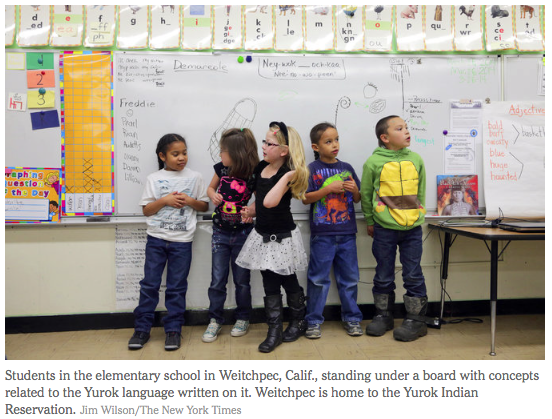| Criteria of language vitality |    |
A classification of a language's status, from the UNESCO Interactive Atlas of the World’s Languages in Danger.
- Absolute number of speakers
- Intergenerational language transmission
- Proportion of speakers within the total population
- Community members’ attitudes toward their own language
- Availability of materials for language education and literacy
- Shifts in domains of language use
- Response to new domains and media
- Type and quality of documentation
- Governmental and institutional language attitudes and policies, including official status and use
Where do the languages you've studied fall under these criteria?


